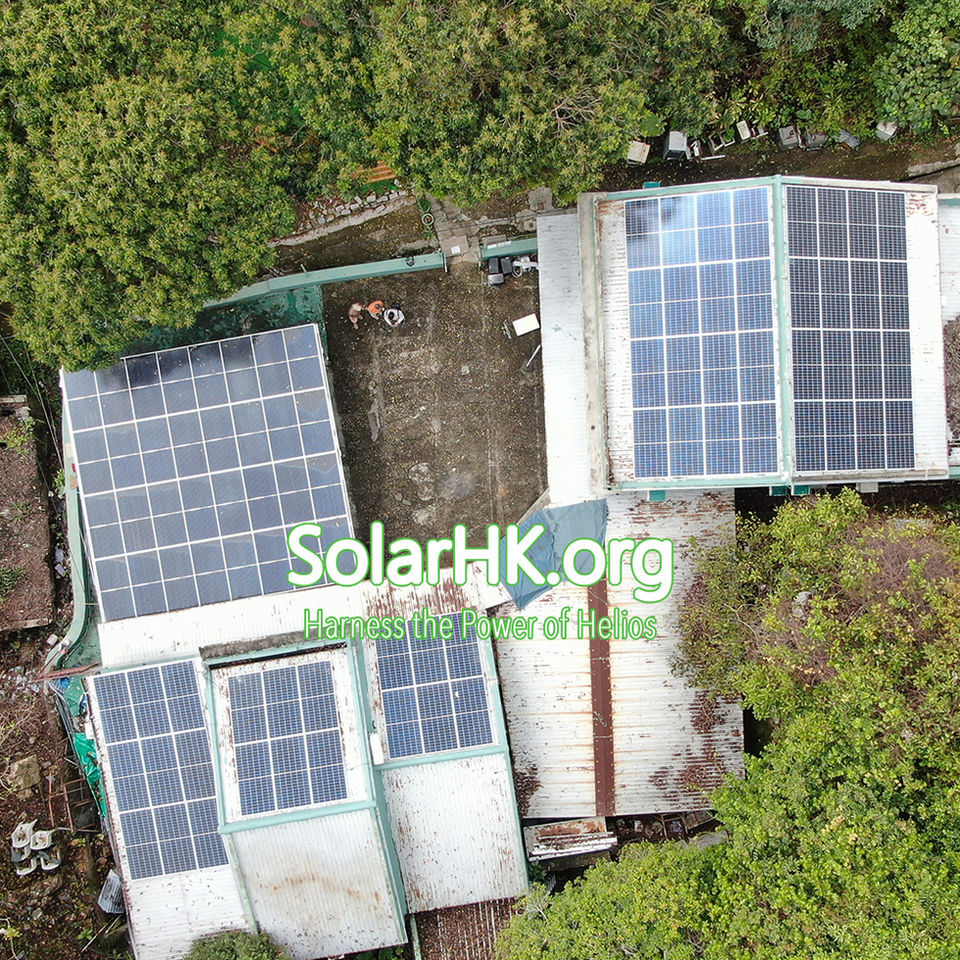top of page
FAQ
General Questions
Feed-in Tariff Rates and Payment Arrangements
Grid Connection Arrangements and Legislative Requirements Related to Installation of Renewable Energy Systems
Renewable Energy Certificate
Installation of solar power systems in New Territories exempted houses (commonly known as village houses) / vacant land / private buildings / squatter houses / agricultural land or fish ponds
School
Tax Incentives and Funding Programs
question category

Feed-in Tariff Scheme 2021
common problem
(Revision Date: June 23, 2021)
SolarHK contributes to environmental protection in Hong Kong 🌱
We are a professional solar system company, providing renewable energy project development, design planning, professional construction and maintenance services. SolarHK's supply chain integration advantages, coupled with rich experience in design planning and project management, have achieved engineering performance throughout Hong Kong. The engineering team combines the background of electromechanical and structural engineering, coupled with the real-time management of intelligent monitoring system, SolarHK provides the highest quality operation and maintenance services for solar energy.
bottom of page


















